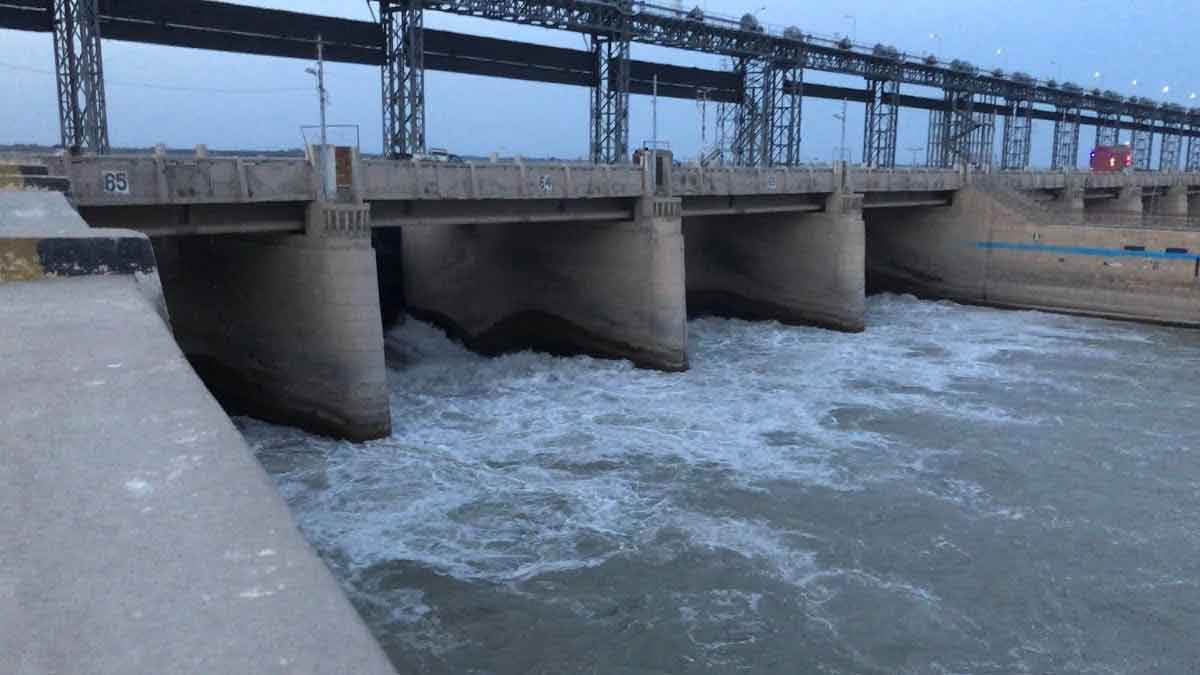Punjab’s canal system is suffering through a 75 percent water shortage as the province was provided 53,100 cusecs of water against its demands of 127,800 cusecs on Thursday.
According to the data shared by the Punjab Irrigation Department, Taunsa Barrage was given 6,700 cusecs, a 73 percent less than its need of 25,000 cusecs while Thal Canal was facing a 75 percent shortage as 2,000 cusecs of water were supplied to it against the requirement of 8,000 cusecs.
The Panjnad Barrage was running with 66 percent scarcity, receiving 4,300 cusecs against the need of 12,700 cusecs, Rasul Barrage was facing 59 percent water stress with a supply of 9,900 cusecs against the requirement of 24,200 cusecs.
Moreover, Sulemanki Barrage and Lower Bahawal Canal were suffering a 54 percent shortage each, Islam Barrage 50 percent, Sidhnai Barrage 51 percent, and Trimmu Barrage 43 percent water shortage. There was a 33 percent water deficiency in the Mailsi canal.
Read more: Hassanabad bridge collapses as water from melting glacier causes flood amid heatwave
A spokesperson of Indus River System Authority reported that an eight percent improvement in the inflow of water, 141,141 cusecs was seen on Thursday against 134,781 cusecs on Wednesday, at rim stations across the system.
Meanwhile, Tarbela Dam, the major reservoir in the country, continues to be at a dead level for the past two weeks. It was reported that the average water inflow there was 71,500 cusecs against the mean outflows of 70,700 cusecs. Mean water inflows at Mangla Dam, facing the dead level, were recorded at 25,509 cusecs against the outflows of 25,353 cusecs.
Punjab Chief Minister Hamza Shehbaz, last month, ordered the authorities concerned to ensure water provision to tail-end areas of 19,000 canal outlets all over Punjab.
The official sources said that the CM was taking revolutionary steps for providing canal water to tail-end farmers and in this regard, a mechanism had been formulated. Hamza Shehbaz further stated that the Punjab Information Technology Board (PITB) would devise a system to establish telephonic connections with farmers.





















